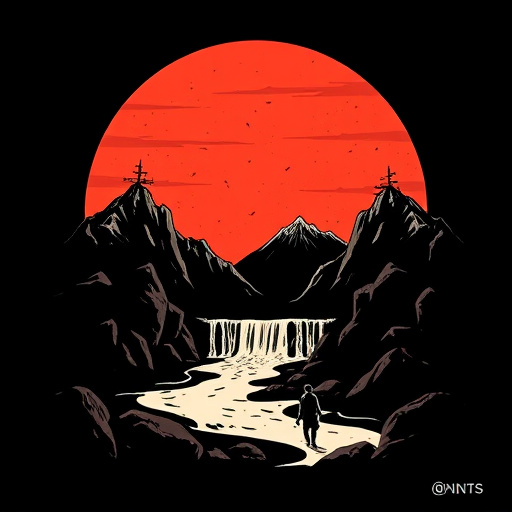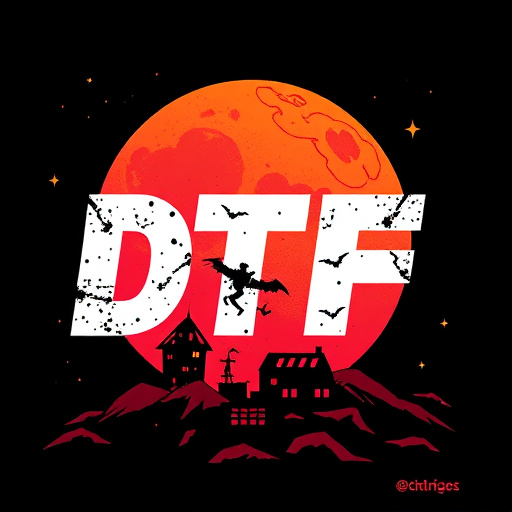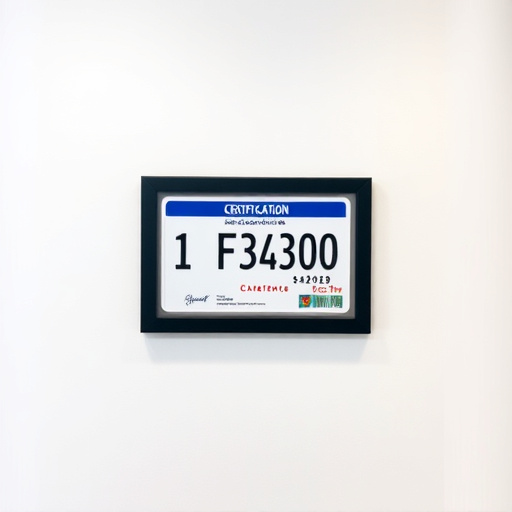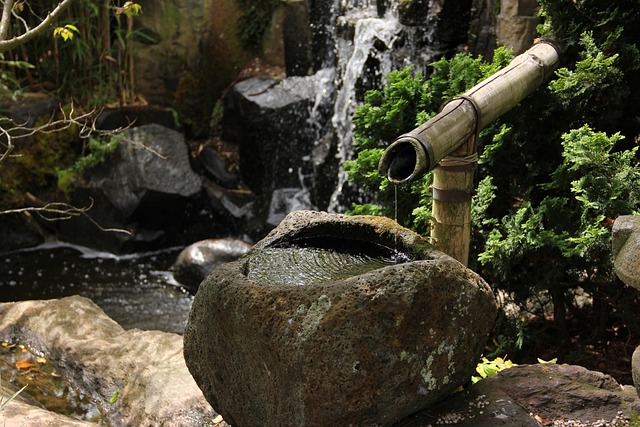DTF Prints (Direct-to-Film Transfers) offer a revolutionary way to preserve film memories with high accuracy and minimal risk to original films. The process involves scanning, digital conversion, ink application, and a crucial cooling period to set the ink properly. This technology ensures vibrant colors, detailed textures, and long-lasting durability for diverse applications. Creating DTF prints requires careful preparation, exposure of graphics onto glass, alignment, and curing. Its versatility benefits movies, animations, and custom effects. Proper handling and storage are vital to maintain print quality, preventing warping or damage.
Discover the innovative world of DTF (Direct to Film) printing, a cutting-edge film transfer process that offers unique creative possibilities. This article explores the entire spectrum of DTF prints, from understanding the technology to mastering the art. Learn why a crucial cooling period is essential for optimal results and delve into the materials, preparation, and step-by-step guide needed to create stunning DTF prints. Uncover diverse applications and benefits, plus best practices for handling and storing these versatile film transfers.
- Understanding DTF Prints: A Unique Film Transfer Process
- The Cooling Period: Why It's Crucial for DTF Prints
- Materials and Preparation for Optimal Results
- Step-by-Step Guide to Creating DTF Prints
- Applications and Benefits of DTF Printing Technology
- Best Practices for Handling and Storing DTF Prints
Understanding DTF Prints: A Unique Film Transfer Process

DTF Prints, or Direct-to-Film Transfers, represent a cutting-edge process in the realm of film preservation and restoration. Unlike traditional methods that involve intermediate steps, DTF Prints allow for the direct transfer of an image onto a chosen medium, be it plastic or metal, without any interim stages. This innovative approach ensures a more accurate reproduction of the original film, preserving its texture, color, and even subtle details.
The process starts with preparing the source film, ensuring it’s clean and in optimal condition. Then, using specialized equipment, a high-resolution scan is conducted to capture every frame perfectly. Afterwards, this digital data is converted into a format suitable for printing, and then, through advanced technology, directly applied to the chosen material. This method not only expedites the transfer process but also minimizes the risk of damage to the original film, making it a game-changer in the field of archival preservation and a sure way to safeguard cinematic memories for future generations.
The Cooling Period: Why It's Crucial for DTF Prints

The cooling period is an essential step in the process of creating DTF (Direct to Film) prints, and it plays a vital role in ensuring the longevity and quality of the final product. After the printing ink is applied to the film, allowing it to dry or cure, a crucial transformation occurs. This initial drying phase prepares the ink for the subsequent cooling stage, which is critical for several reasons. During this time, the ink undergoes a chemical reaction, setting and hardening to form a durable layer on the film.
Adequate cooling ensures that the ink molecules align perfectly, creating a strong bond with the film surface. This process prevents issues like ink bleeding, smudging, or cracking, which could occur if the film is removed too soon. The cooling period also helps to stabilize the colors, ensuring vibrant and accurate representations of the original image. By respecting this vital step, DTF printing offers a high-quality, long-lasting solution for various applications, from art prints to promotional materials.
Materials and Preparation for Optimal Results

Step-by-Step Guide to Creating DTF Prints

Creating DTF (Direct to Film) prints is a precise process that requires attention to detail and the right equipment. Here’s your step-by-step guide:
1. Prepare Your Materials: Gather high-quality transparent film, a clean glass plate or screen, emulsion-coated on one side, and a reliable darkroom or well-controlled lighting setup. Ensure your workspace is free from dust and debris to prevent contamination.
2. Design and Exposure: Create or obtain the desired graphic or image that you want to transfer. Position the film, emulsion-side down, onto the glass plate or screen. Carefully expose the film using a UV light source, ensuring even and precise exposure. The exposure time will depend on your specific emulsion and desired transparency.
3. Develop and Wash: After exposure, quickly develop the film in a pre-mixed development solution, following the manufacturer’s instructions for timing and temperature. Subsequently, rinse and wash the film thoroughly in water to remove any residual chemicals, ensuring complete stopping of the development process before proceeding.
4. Dry and Inspect: Allow the film to dry completely, typically in a dark area to prevent further exposure. Once dry, inspect it for clarity, transparency, and any defects or scratches. If satisfied, proceed to the next step.
5. Transfer to Substrate: Position your prepared substrate (e.g., t-shirt, paper, or other material) beneath the dried film. Ensure the surface is clean and free of grease or debris. Carefully peel the backing from the film, exposing the emulsion side, and press it firmly onto the substrate, removing any air bubbles as you go.
6. Cure and Remove: Allow the transfer to cure by leaving it undisturbed for a period recommended by the manufacturer, usually a few hours or overnight. Once cured, carefully remove the film, revealing the crisp, clear image on your substrate.
Applications and Benefits of DTF Printing Technology

DTF Printing technology, or Direct-To-Film (DTF) printing, has revolutionized the way we approach various applications in the film industry and beyond. This innovative process allows for high-quality, precise transfers directly onto films, offering a range of benefits that traditional methods simply can’t match. From fine art printing to special effects production, DTF Prints have become an indispensable tool for professionals seeking exceptional detail and vibrancy in their projects.
One of the key advantages is its versatility; DTF technology enables the reproduction of intricate designs and images with remarkable accuracy. This makes it ideal for creating custom effects in movies, enhancing visual appeal, and adding unique touches to animation projects. Moreover, the direct-to-film approach ensures that colors remain vibrant and details sharp, resulting in visually stunning outputs that capture audiences’ attention.
Best Practices for Handling and Storing DTF Prints

When handling DTF Prints, adherence to best practices is crucial for maintaining print quality and longevity. Before removal, ensure prints are cooled completely; rushing this process can lead to warping or damage. Use clean, dry hands or gentle tools to avoid leaving fingerprints or causing physical strain on the delicate film surface. Store DTF Prints in a cool, dry place away from direct sunlight, heat sources, and moisture. Archival-quality storage materials like acid-free paper or plastic sleeves protect against environmental contaminants that can degrade prints over time.
For optimal preservation, keep DTF Prints flat, avoiding any rolling or folding. Consider using archival boxes or tubes to prevent creases and ensure stability during storage. Regularly inspect the prints for signs of damage, such as cracks, tears, or discolouration. Addressing issues promptly enhances their longevity, preserving the intended artistic or historical value.














